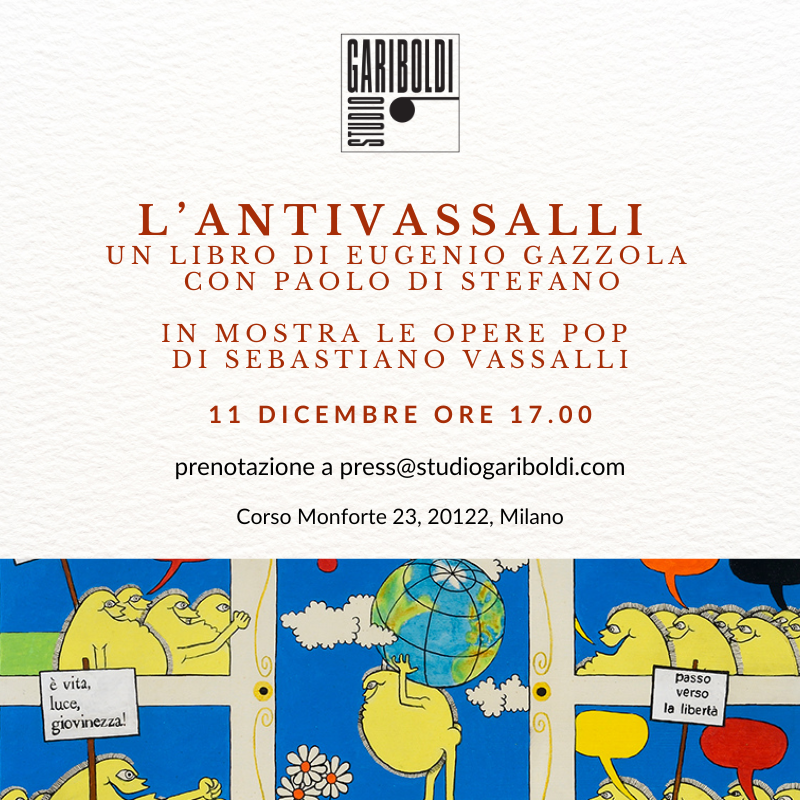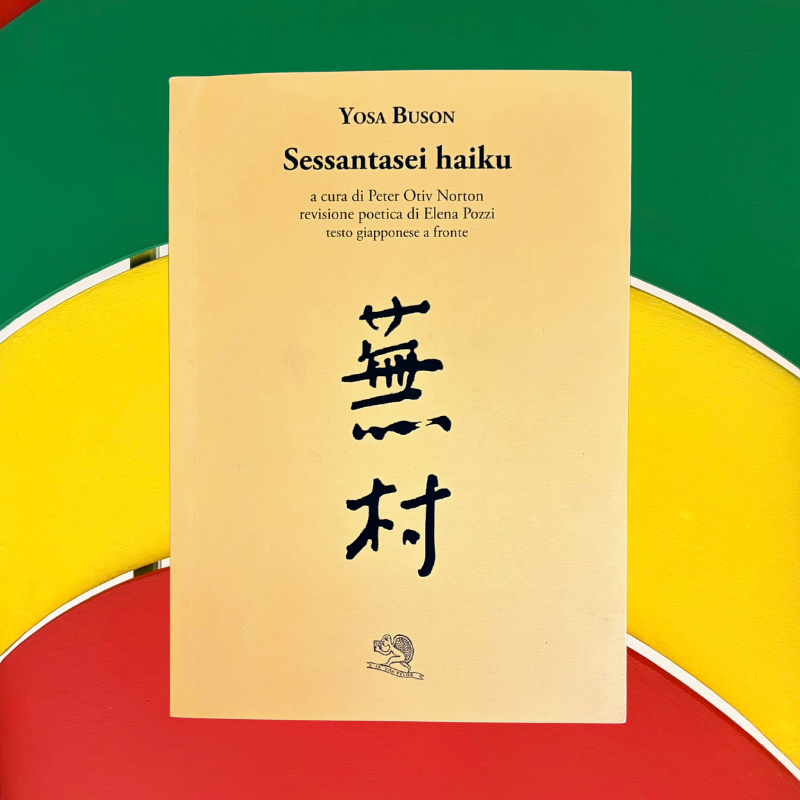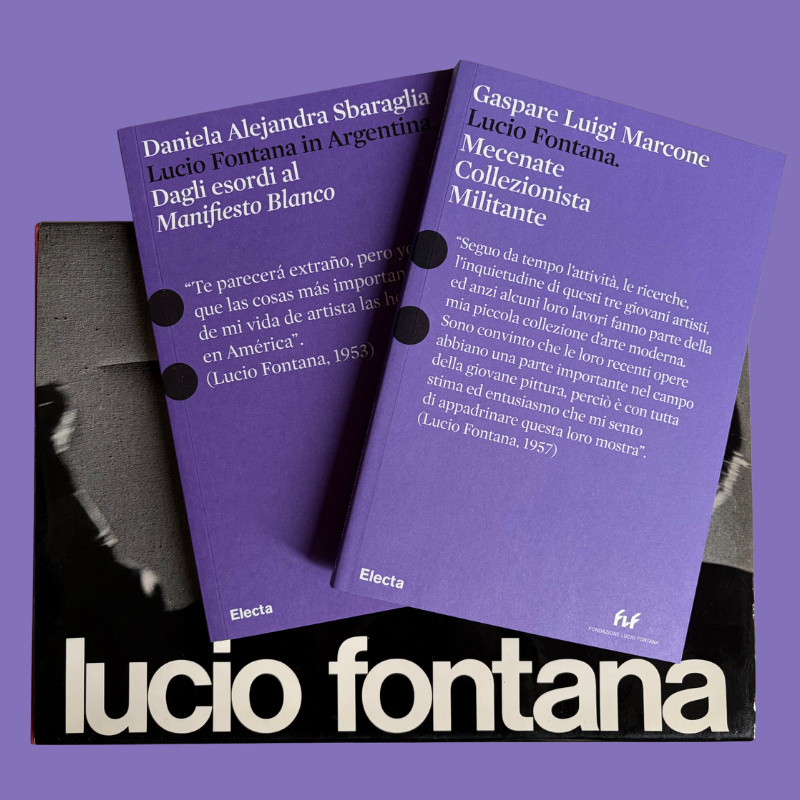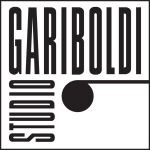NEWS
FullOfArt
Vassalli and L’Antivassalli
12.12.2025
Special guests at the meeting with L’Antivassalli. Eugenio Gazzola and Paolo Di Stefano enlivened the Thursday meeting in the gallery with stories and personal memories. In the room, there were writers and artists, including Tullio Pericoli and the historian Marcello Flores D’Arcais.We retraced twenty years of Sebastiano Vassalli’s life and at the same time a moment of social and political change in the history of Italy. The relationship between the Einaudi publishing house and Sebastiano Vassalli, between the writers of Gruppo 63 and the cultural editorial offices of our major newspapers, was retraced by those who experienced that fertile historical moment.
Thanks to those present, to those who have written to us and to those who will come back to visit us to continue the artistic and literary dialogue that we intend to carry on in the Studio Gariboldi space, which is memory but also inspiration for our present.
Eugenio Gazzola, L’Antivassalli, Le Lettere, 2025
FullOfArt
Vassalli and L’Antivassalli
04.12.2025
Studio Gariboldi is pleased to invite you to a special meeting with L’Antivassalli.
On Thursday, December 11, at 5:00 PM, the gallery will host scholar Eugenio Gazzola, author of the book L’ANTIVASSALLI, and journalist and writer Paolo Di Stefano. At the center of their dialogue will be a giant of Italian literature: Sebastiano Vassalli. The writer—winner of the 1990 Strega Prize with La chimera—was also a painter. It was precisely through painting that Vassalli entered Gruppo 63, thanks to the support of poet Edoardo Sanguineti.
For this occasion only, Studio Gariboldi has set up The Vassalli Room, an immersive experience among the artist’s Pop canvases. The Vassalli’s Room will be open to visitors from 11:00 am to 6:00 pm on the day of the event.
Bookflow
Sessantasei haiku
04.12.2025
No other literary form can, better than the haiku, capture the Japanese sensibility in all its uniqueness. The haiku—poetry of extreme concision, bare yet always concrete—manages, with its mere seventeen syllables (5–7–5), to let us glimpse the poet’s experience.
You’ll find 66 of them in the small book by Yosa Buson, edited by Peter Otiv Norton, with poetic revision by Elena Pozzi.
Here is one we would like to share with you, perfect for reflecting on Katsumi Nakai’s kite, on view in our gallery through January 30.
Yosa Buson, Sessantasei haiku, La vita felice, 2025
Full Of Art
FLUIDO
24.11.2025
FLUIDO is a book by journalist and essayist Roberta Scorranese. Fluido is also a performative reading that Scorranese presented at Studio Gariboldi—an expressive way of recounting the volume through the very images that accompany it. Three aspects, in particular, invited deeper reflection: first, the paintings and sculptures that explore representations of fatherhood; second, the awareness that art history contains a remarkable number of portrayals of sleeping women; and third—an element on which Scorranese placed special emphasis—the essential need to encounter artworks directly, without the mediation of social media, by visiting museums, collections, and art galleries.
Upon entering our space, the author expressed it this way: “How wonderful it is to be in a gallery talking about art and about my book!”
FLUIDO is thus a twofold invitation: on the one hand, to let oneself be carried by the shifting, metamorphic nature of bodies in art; and on the other, whenever and wherever possible, to seek out the places that safeguard their aesthetic and artistic legacy.
Bookflow
Lucio Fontana
20.11.2025
On Wednesday, November 19, in Lucio Fontana’s former studio on Corso Monforte 23, the publication of two volumes dedicated to the artist was announced to the public.
The first, Lucio Fontana. Mecenate Collezionista Militante, edited by Gaspare Luigi Marcone, focuses on Fontana’s aesthetic and conceptual choices, delving into his role as a patron—both financially and critically—in support of artists who were pivotal to twentieth-century art.
The second, Lucio Fontana in Argentina. From His Beginnings to the Manifiesto Blanco, edited by Daniela Alejandra Sbaraglia, explores Lucio Fontana’s years in Argentina, his birthplace. This period has recently been the subject of renewed scholarly attention thanks to recent studies and discoveries that have broadened its understanding and led to a reconsideration of its significance. We are certain that both books will also be of interest to our collectors and audience.
Lucio Fontana. Mecenate Collezionista Militante, Gaspare Luigi Marcone, Electa, Fondazione Lucio Fontana, 2025
Lucio Fontana in Argentina. From His Beginnings to the Manifiesto Blanco, Daniela Alejandra Sbaraglia, Electa, Fondazione Lucio Fontana, 2025
Bookflow
Parigi
06.11.2025
“At the Louvre. Lorrain with his peach-colored skies, his radiant light. Among all painters, no one has so wonderfully suggested what the lost country might be — that land of Elsewhere destined to haunt humanity forever.”
A walk through Paris — along its boulevards, stepping in and out of palaces and museums, climbing and descending staircases both famous and hidden.
This book is for those who love this city, and for those who don’t fully understand it.
Paris, as described by Julien Green — an American writer who spent most of his life in France — is an emotional and imagined place: a point of departure and beginning of stories, a blend of melancholy, sadness, and joy.
Paris is fragile and threatened, resistant to haste, cautious in revealing itself; it offers itself only to those capable of getting lost and seeing it with wonder and detachment.
Far from commerce and tourism, this is the Paris we love — an inner, secret world with a famous name.
Julien Green, Paris, translated by Marina Karan, Adelphi, 2023.
Bookflow
Digital catalog Katsumi Nakai
03.11.2025
The digital catalogue of the exhibition Katsumi Nakai. Flying High is now available.
It includes all the images of the works on display, a historical essay by Stefano Turina — who also authored the texts dedicated to Aiko Miyawaki — as well as Nakai’s biography and the complete list of his solo exhibitions in Italy and abroad.
Throughout the month of November, the catalogue will be available for free download.
Request your copy by clicking the link below:
press@studiogariboldi.com
Vernissage
Gallerie a Palazzo
29.10.2025
Every year in November, the courtyard at Corso Monforte 23 opens to the city of Milan in the evening for Gallerie a Palazzo, now in its fifth edition.
On Tuesday, November 11, from 6:00 PM, visitors will be able to move between the seven galleries based in the courtyard, each of which will present a different exhibition for the occasion.
Studio Gariboldi invites you to the 5:00 PM talk in the gallery. On this occasion, art historian Stefano Turina and Natsuko Toyofuku, daughter of the sculptor Tomonori Toyofuku, will discuss the relationships between Japanese and Italian artists active in Milan during the 1960s and 1970s.
Free admission, reservation required at press@studiogariboldi.com or +39 02 21711378.










